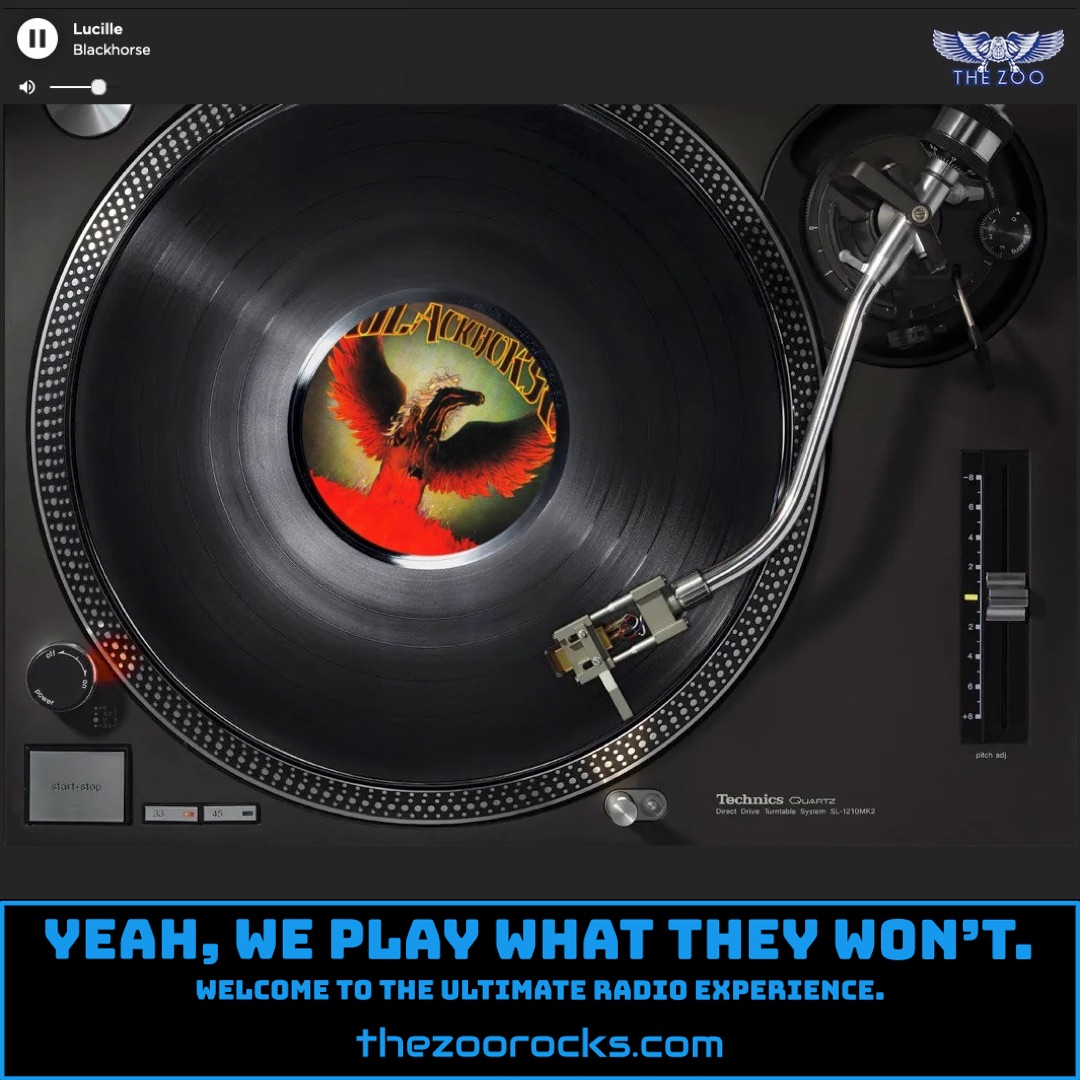That’s All
Genesis
The song That’s All by Genesis from their 1983 self-titled album marked a pivotal moment for the band, blending their progressive rock roots with a pop sensibility. According to posts on X, the band intentionally crafted the song as a Beatles-style pop tune, with Phil Collins channeling Ringo Starr’s drumming style to create its distinctive rhythm. This approach paid off, as X posts from the band’s official account note that That’s All became their first U.S. Top 10 hit on the Billboard Hot 100, a milestone that underscored their shift toward mainstream success. The song’s melancholic yet catchy melody was a departure from their earlier complex prog epics, making it accessible to a broader audience, including the Zoo Freaks tuning in to THE ZOO.
Behind the scenes, the creation of That’s All was a collaborative effort born from jam sessions at the band’s studio, The Farm, in Surrey. As detailed in web sources, the 1983 Genesis album was the first to be entirely written, recorded, and mixed at this studio, fostering a relaxed environment that encouraged improvisation. The band’s decision to develop songs collectively, rather than relying on pre-arranged ideas, gave That’s All its fresh, organic feel. Music critic Stephen Thomas Erlewine, in a retrospective review on AllMusic, praised the track for its sleek, pulsating pop quality, highlighting how it balanced accessibility with the band’s signature musicianship. This resonated with fans, as evidenced by its inclusion in Bruce Pollock’s book Rock Song Index: The 7500 Most Important Songs for the Rock & Roll Era, as mentioned in an X post.
Visually, That’s All also left an impression through its music video, which depicted the band as homeless men miming the song in an abandoned factory. According to TV Tropes, this gritty setting contrasted with the song’s polished sound, adding a layer of storytelling that intrigued viewers. The video’s raw aesthetic was a nod to the band’s willingness to experiment, a trait that defined their career. Fans on platforms like Turn It On Again: A Genesis Forum often discuss how the song’s simplicity made it a gateway for new listeners, while still retaining the emotional depth that longtime Zoo Freaks appreciate.
Genesis began in 1967 at Charterhouse School in Godalming, Surrey, where schoolmates Peter Gabriel, Tony Banks, Mike Rutherford, Anthony Phillips, and Chris Stewart formed the band. As noted on Wikipedia, their name came from former pupil and pop impresario Jonathan King, who signed them to Decca Records and produced their debut album, From Genesis to Revelation in 1969. This initial release, a mix of psychedelic pop, sold poorly, leading the band to part ways with King and sign with Charisma Records. Their early years were marked by a progressive rock sound, with Gabriel’s theatrical performances and poetic lyrics setting them apart. By 1970, the lineup stabilized with Phil Collins on drums and Steve Hackett on guitar, paving the way for seminal albums like Foxtrot and The Lamb Lies Down on Broadway.
After Gabriel’s departure in 1975, Collins took over as lead vocalist, steering the band toward a more commercial sound in the 1980s, as seen with That’s All. Despite lineup changes, Banks and Rutherford remained constants, guiding Genesis through decades of evolution. Their influence on prog and pop rock is evident in their induction into the Rock and Roll Hall of Fame in 2010, as mentioned on Britannica. Fans can connect with the band through their official website, Facebook, Instagram, and X accounts. Dedicated fan communities thrive on sites like Genesis News, Deutscher Genesis Fanclub, and Genesis Movement, as well as the Genesis Fans Facebook group, where Zoo Freaks can share their passion for the band’s enduring legacy.

